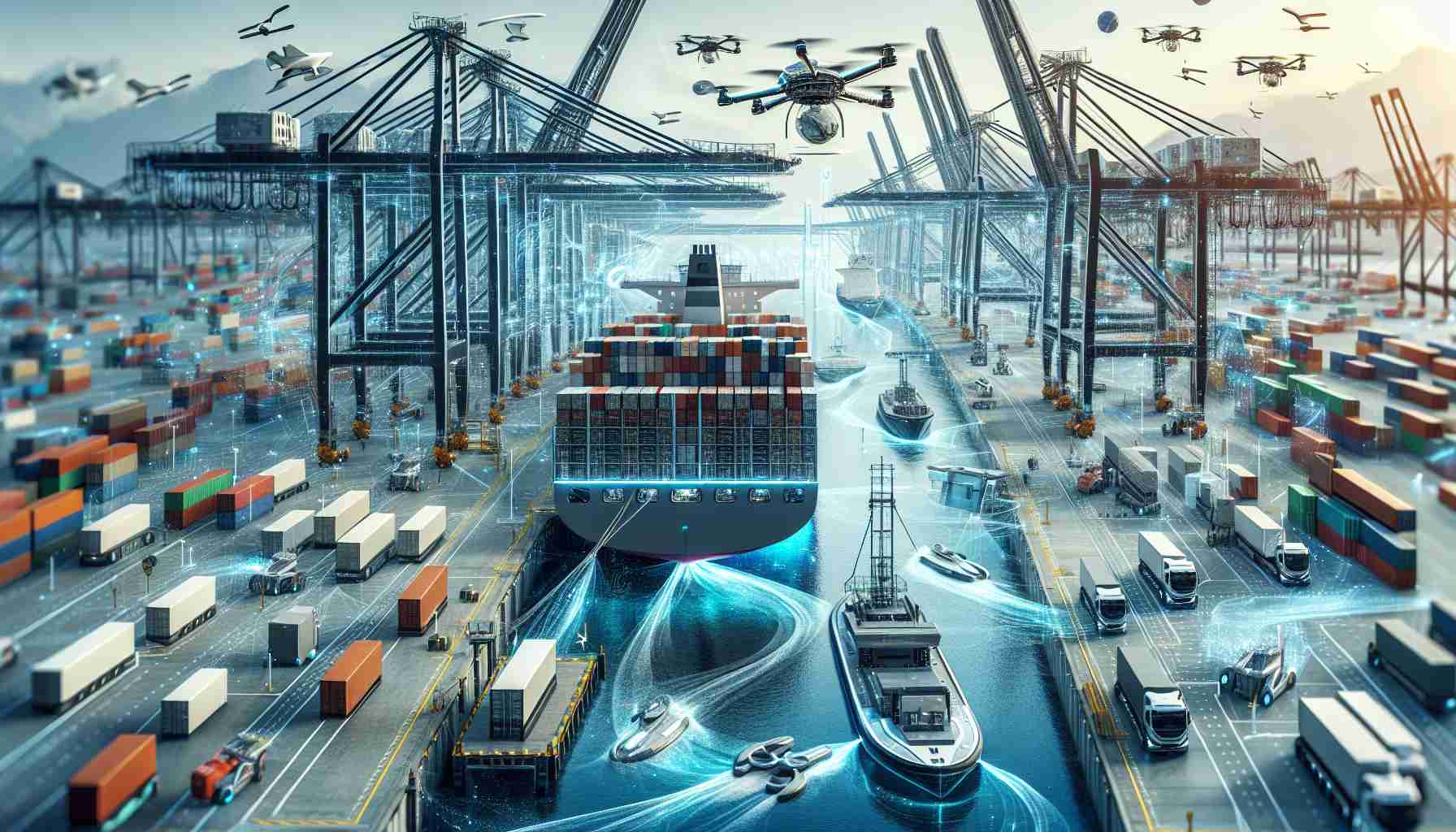SpaceX has reached a remarkable milestone, achieving 400 launches with its Falcon 9 rocket. The latest liftoff occurred on November 27 at 0441 UTC, sending 24 new Starlink satellites into space. From the Kennedy Space Center’s LC-39A, the rocket launched smoothly, and the booster successfully returned to the A Shortfall of Gravitas droneship, marking the impressive 375th landing of its boosters.
The mission was notable as it was the 15th flight for this particular booster, which has previously supported significant missions, including Crew-6 and multiple Starlink deployments. The persistent focus on Starlink deployment has fueled the Falcon 9’s relentless launch schedule.
Moreover, the Falcon 9 has gained traction beyond SpaceX’s own projects. It has played a pivotal role in launching satellites for competing networks like OneWeb and has even been enlisted by Amazon for its Project Kuiper satellite initiative.
Additionally, NASA continues to rely on the Falcon 9, utilizing it for various missions, including launching the upcoming Dragonfly mission to Titan in 2028. Despite its successes, the Falcon 9 has faced challenges, with several groundings and technical issues earlier this year, including a specific incident that resulted in the loss of a Starlink payload.
Nevertheless, SpaceX’s launch cadence remains impressive, with 117 launches in 2024 alone, and if conditions allow, they aim to reach a total of 136 launches this year, emphasizing a strong future filled with both private and public payloads.
The Space Race 2.0: How Falcon 9’s Success is Redefining Global Connectivity
As SpaceX continues to revolutionize space travel with its Falcon 9 rocket, the broader implications of this technology on global connectivity, economy, and geopolitical dynamics are becoming increasingly apparent. The reliance on satellite technology is augmenting the way nations communicate and interact, with far-reaching effects on people’s lives and societal structures.
New Developments in Global Connectivity
One of the most significant advancements associated with Falcon 9’s success is the democratization of internet access. With thousands of Starlink satellites planned for deployment, regions previously underserved by traditional internet infrastructure are now seeing improved connectivity. This shift not only enhances individual empowerment through access to information but also fosters economic growth in remote areas. According to recent studies, increased internet access can lead to a 1.38% annual increase in economic growth in developing countries.
Advantages and Disadvantages
The advantages of such technological advancements are plentiful. They include enhanced communication capabilities, improved education opportunities in rural areas, and greater access to telehealth services. Communities that once faced the digital divide are now finding their voices and participating in the global economy.
However, there are several controversies and challenges accompanying this transformation. The rapid expansion of satellite internet raises significant concerns about space debris and the long-term sustainability of outer space. Experts worry that overcrowding in low Earth orbit could lead to catastrophic collisions, further complicating the burgeoning space economy.
Moreover, the reliance on a few key players, predominantly private companies like SpaceX, raises questions about market monopolization and data privacy. Are we moving towards a future where a handful of corporations control global communication? Such a scenario presents potential risks to free speech and information security.
The Impact on Communities and Countries
The success of Falcon 9 and Starlink underscores the disparity in global infrastructure. Developed nations are rapidly integrating advanced satellite services into their communications systems, while many developing nations struggle with basic connectivity. With adequate resources, the trend may swing towards even greater inequality between the “connected” and the “unconnected.”
Questions and Answers
– How does increasing internet access affect local economies?
– Increased internet access allows local businesses to expand their markets, facilitates online education, and opens doors for remote work opportunities, thereby stimulating economic development.
– What are the potential risks of expanding satellite networks?
– The primary risks involve the exponential growth of space debris, the potential for satellite collision, and the monopolization of digital communication services by private companies.
– Will lower connectivity costs benefit all communities equally?
– While decreased costs will benefit many, underserved communities may still face challenges in accessing technology and the skills needed to leverage new internet services effectively.
Conclusion
As SpaceX’s Falcon 9 leads the charge in redefining satellite communications, the world stands at the precipice of a new era of connectivity. While the opportunities are immense, it is crucial to address the challenges and controversies that accompany such rapid technological advancements. The future of global communication and connectivity depends on our collective ability to harness these innovations responsibly and equitably.
For further insights into the transformative power of space technology, visit SpaceX.












